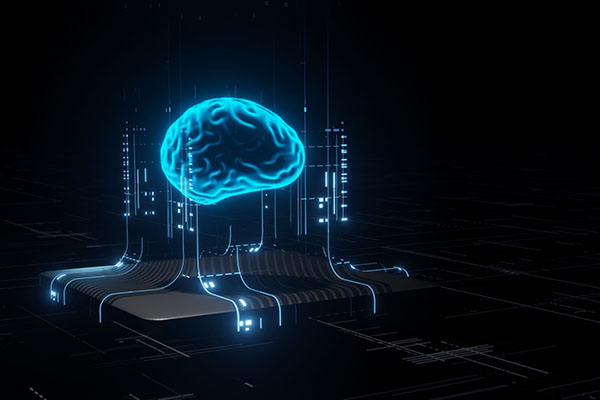
To represent and analyze content, generative AI models mix several AI techniques. To produce text, for instance, different natural language processing methods convert raw characters (such as letters, punctuation, and words) into sentences, entities, and actions. These are then represented as vectors by encoding them using various techniques. Similar techniques are used with vectors to communicate different visual aspects from photographs. Note that racism, prejudice, deceit, and puffery included in the training data may also be encoded by these tactics.
Once developers have chosen a representation of the world, they utilize a particular neural network to generate new information in response to a prompt or query. Realistic human faces, customized human effigies, and artificial intelligence training data can all be produced using neural networks with a decoder and an encoder, often known as variational autoencoders (VAEs).
In addition to encoding text, images, and proteins, recent advancements in transformers, such as Google’s Bidirectional Encoder Representations from Transformers (BERT), OpenAI’s GPT, and Google AlphaFold, have also sparked the creation of neural networks that can generate original material.











